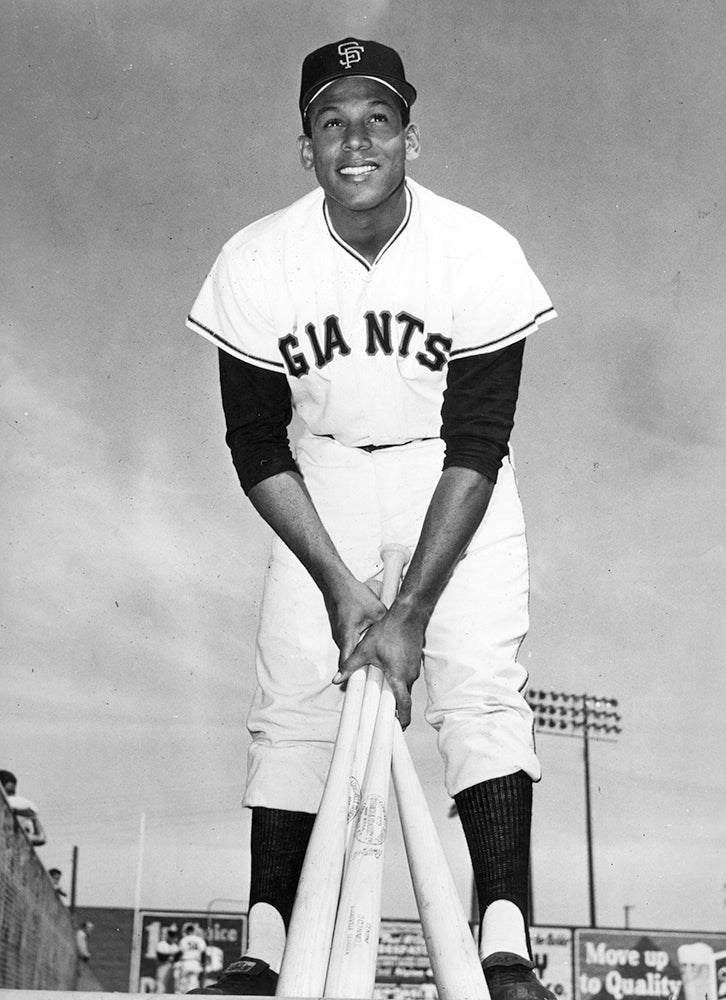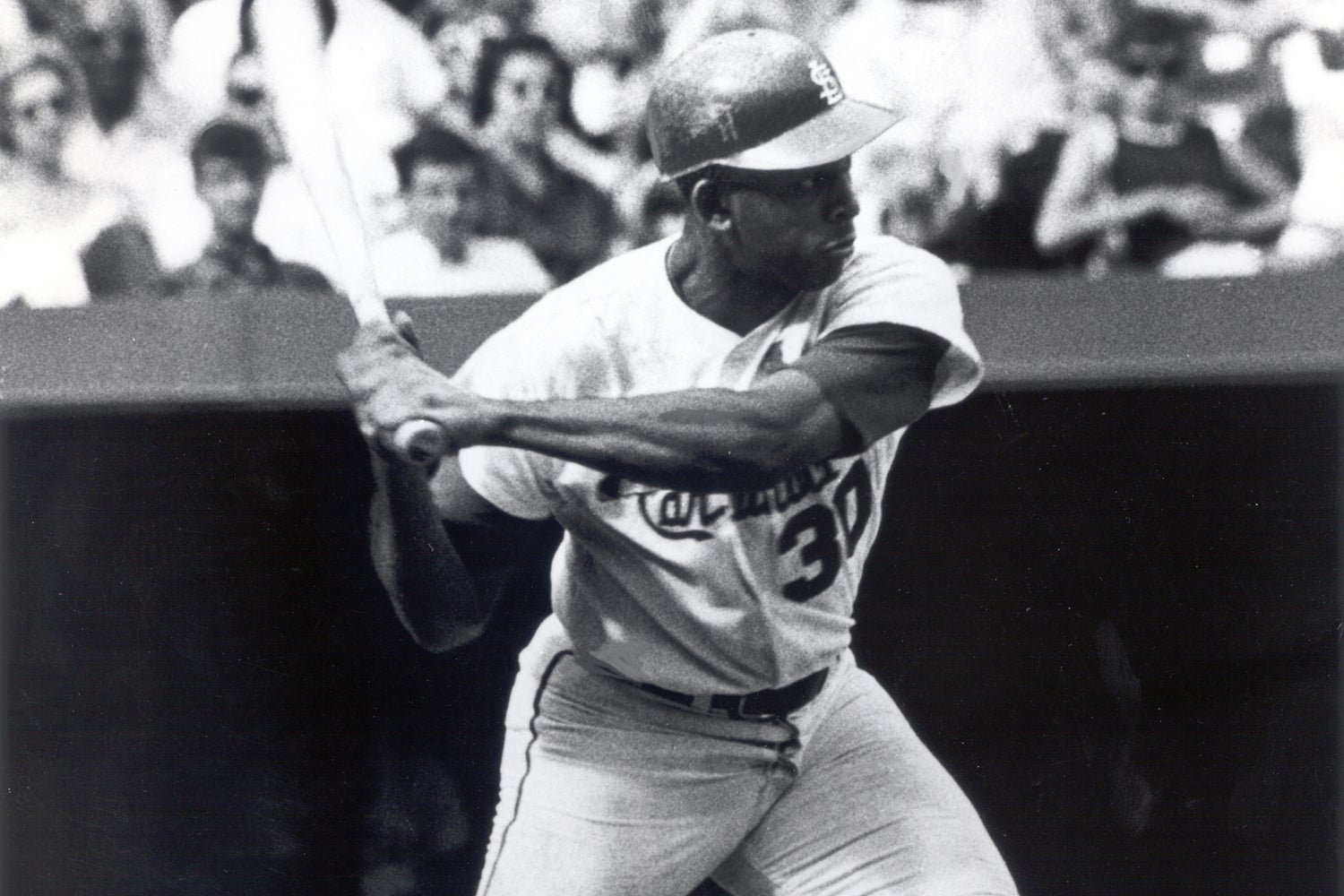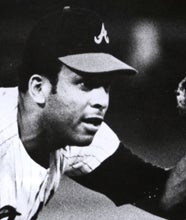- Home
- Our Stories
- Bull strong: Orlando Cepeda remembered as one of the top sluggers of the 1960s
Bull strong: Orlando Cepeda remembered as one of the top sluggers of the 1960s
The son of a Puerto Rican baseball legend, Orlando Cepeda blazed his own trail through the major leagues for 17 seasons – one that eventually ended with a plaque in Cooperstown.
Cepeda passed away Friday, June 28 at the age of 86. Elected to the Hall of Fame in 1999, he was one of the game’s most feared batters in the 1960s and early ’70s.

"Orlando Cepeda’s unabashed love for the game of baseball sparkled during his extraordinary playing career, and later as one of the game’s enduring ambassadors," said Jane Forbes Clark, Chairman of the Board of the National Baseball Hall of Fame and Museum. "We will miss his wonderful smile at Hall of Fame Weekend in Cooperstown, where his spirit will shine forever, and we extend our deepest sympathies to the Cepeda family."
Born Sept. 17, 1937 in Ponce, Puerto Rico, Cepeda grew up learning the game from his father, Pedro “Perucho” Cepeda, who starred in Latin America for three decades. A growth spurt in his mid-teens left the “Baby Bull” with a muscled 6-foot-2 frame, and he quickly attracted the attention of big league scouts.
By 1955, the 17-year-old Cepeda had signed with the New York Giants, and after three seasons in the minors he debuted with the Giants in 1958 – the year they moved to San Francisco. As a rookie, Cepeda hit .312 with 25 home runs and 96 RBI, winning the National League Rookie of the Year Award in a unanimous vote.
Cepeda continued his assault on NL pitchers throughout the next six seasons, peaking in 1961 with a league-best 46 home runs and 142 RBI. He helped the Giants win the National League pennant in 1962, and over his first seven years in the big leagues he was selected to 10 All-Star Games while averaging 181 hits, 32 homers and 107 RBI a season.
“He’s built like an oak tree,” said former teammate Harvey Kuenn. “When you see him grip the bat, you have the feeling he’s going to squeeze sawdust out of the handle.”
Knee problems that plagued him since childhood – exacerbated by spending time in left field due to the presence of Willie McCovey at first base – resulted in Cepeda missing almost the entire 1965 season, and his tenure with the Giants ended early in 1966 when he was traded to the Cardinals. Now back at first base, Cepeda came of age in St. Louis.
He led the NL with 111 RBI en route to a unanimous selection as NL Most Valuable Player, leading the Cardinals to the World Series title.
“He was the toughest hitter I ever faced,” said All-Star pitcher Lew Burdette.

After leading the Cardinals in home runs in 1968 when they repeated as NL champions, Cepeda was traded in the spring of 1969 to the Atlanta Braves for another future Hall of Famer: Joe Torre. Two more productive seasons followed – with Atlanta winning the 1969 NL West title – before knee injuries again caught up with Cepeda.
He bounced back to hit 20 home runs and drive in 86 runs as a full-time designated hitter with the Red Sox in 1973, then ended his career in 1974 with the Royals. His final totals included a .297 batting average, 379 home runs and 11 All-Star Game selections.
Cepeda became the second native Puerto Rican to be inducted into the Baseball Hall of Fame following Roberto Clemente in 1973.
Craig Muder is the director of communications for the National Baseball Hall of Fame and Museum

